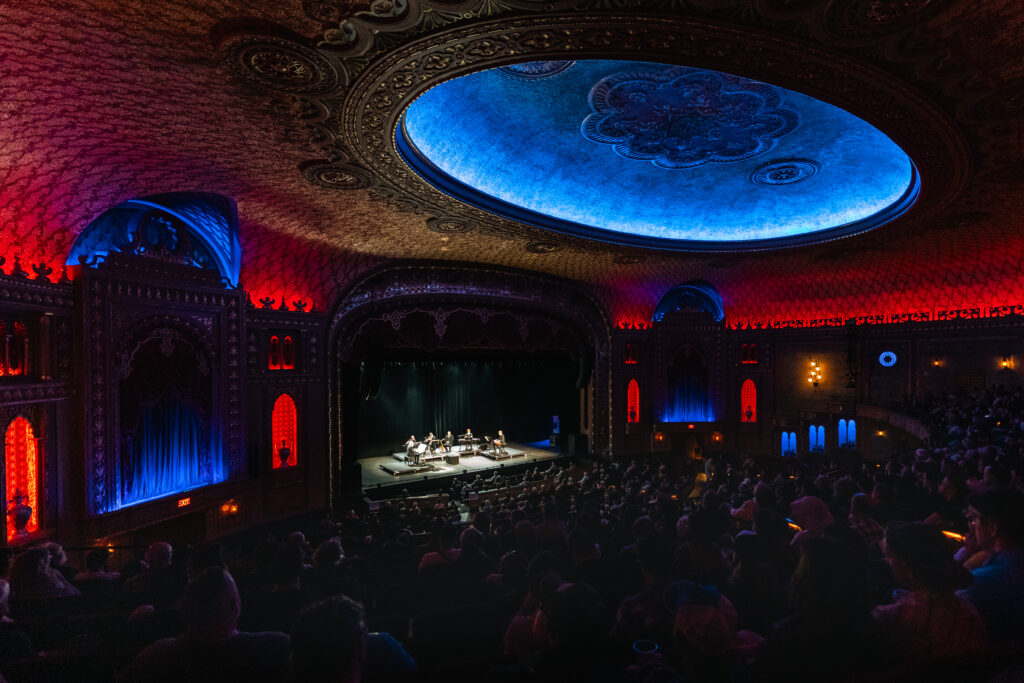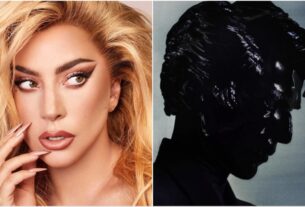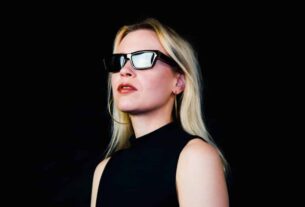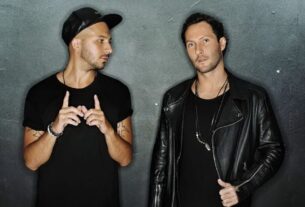What was I, in all my dance music tunnel vision, doing at Big Ears Festival? There was more there for people like me than you might think.
Knoxville feels larger than its actual size. Visiting for the first time, I was struck by the city’s historic bridges and exposed brick architecture, which give it the vibe of a cultural hub rather than a typical city of 200,000 residents. From Thursday, March 27 to Sunday, March 30, my experience was unforgettable.
I attended the renowned Big Ears Festival, a nonprofit celebration that revolves around music and art of cultural significance. The lineup featured a diverse array of genres including blues, jazz, classical, ambient, folk, and hip-hop. However, dance music was notably absent, at least in its mainstream modern form.
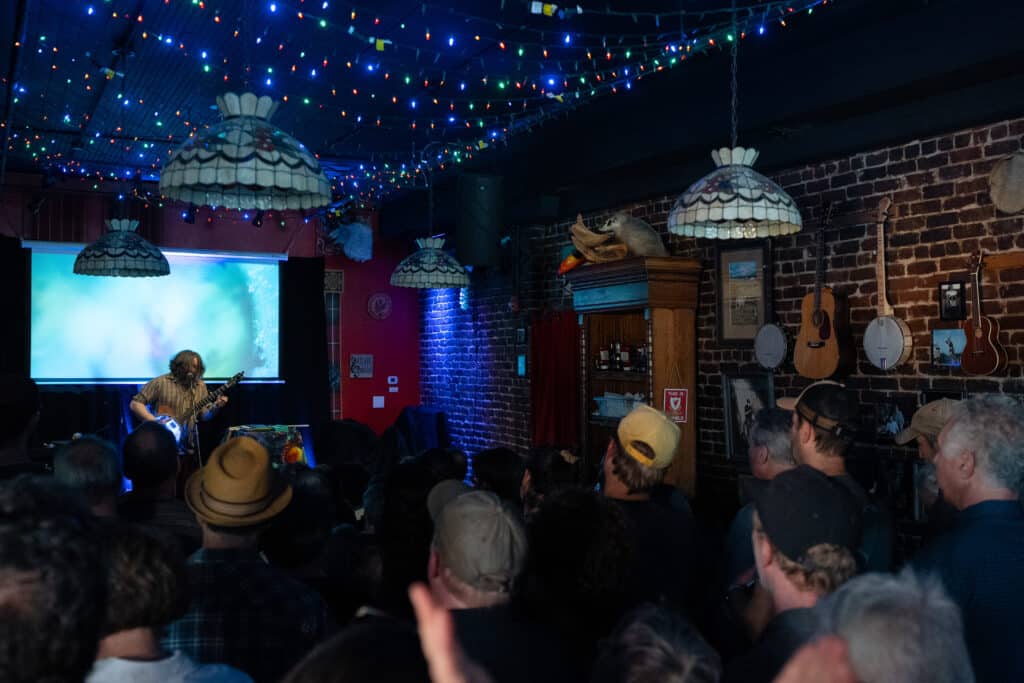
The lack of dance music wasn’t new to the 2025 festival. In a 2009 review for The New York Times, Ben Ratliff noted that “Big Ears was for people with long attention spans, good concentration and an appetite for letting repetitive non-dance music wash over them.” My experience echoed this sentiment.
So, what was I—a dedicated dance music enthusiast—doing at this festival? Surprisingly, many of the festival’s offerings were well-suited to my tastes. I believe anyone deeply entrenched in dance culture would find much to appreciate.
Even if it weren’t, Big Ears offered an ideal way to explore a city like Knoxville. Unlike most popular music festivals that occupy a single, contiguous location, it spanned over 20 venues, reminiscent of the Amsterdam Dance Event. Walking between venues allowed me to soak in the local atmosphere, especially along Gay Street, a major artery of downtown.
On Thursday, I eased into the experience by attending jazz composer Charles Lloyd’s tribute to Zakir Hussain at the Tennessee Theatre. Soon after, I found my comfort zone at a performance by Steve Roach, just a ten-minute walk away at the Church Street United Methodist Church. I’ve always admired his music, but experiencing it live in such a venue was captivating.
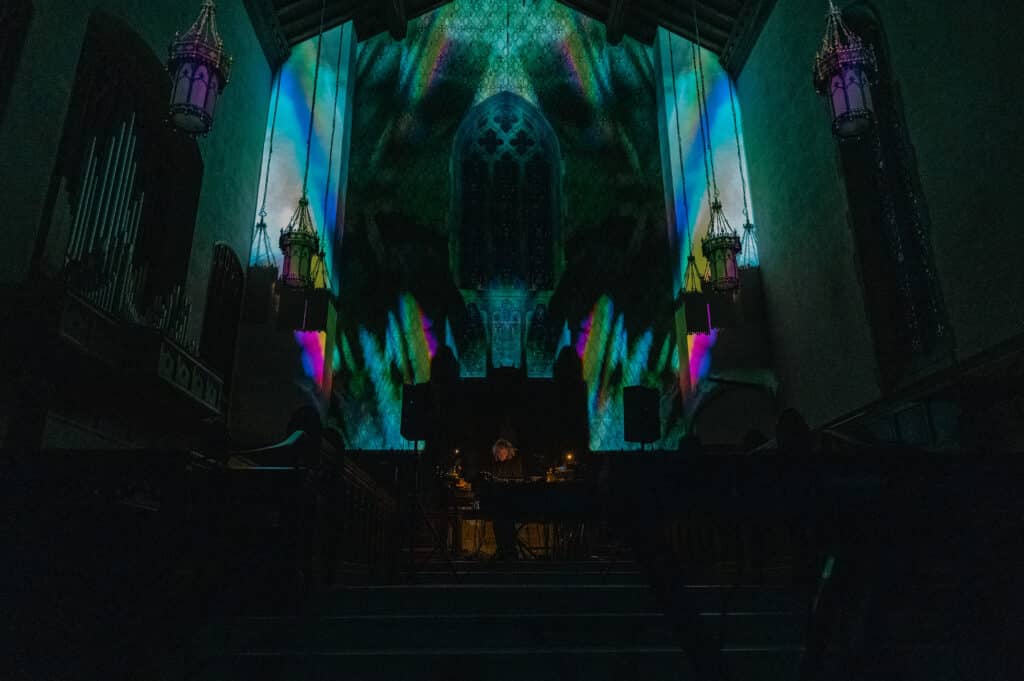
There was no specific sweet spot in the church; every corner resonated beautifully. The sound was impeccably tuned, filling the Victorian Gothic theater with lush tones and intricate stereo details. Projection-mapped visuals by Eric Epstein cast a vibrant new light on the building’s historic design. It was a revelation: Steve Roach has profoundly influenced numerous notable artists.
I’ve long recognized Roach’s role in the evolution of ambient music, particularly his 1984 album, Structures from Silence. However, experiencing his live PA performance in such an immersive environment made me realize how his work resonates in the music of artists like Basic Channel, Monolake, Deepchord, and many of my favorite dub techno producers.
Electronic music was just one aspect of my Big Ears experience. The next day, I ventured to the Knoxville Civic Auditorium to witness Sun Ra Arkestra alongside Yo La Tengo.
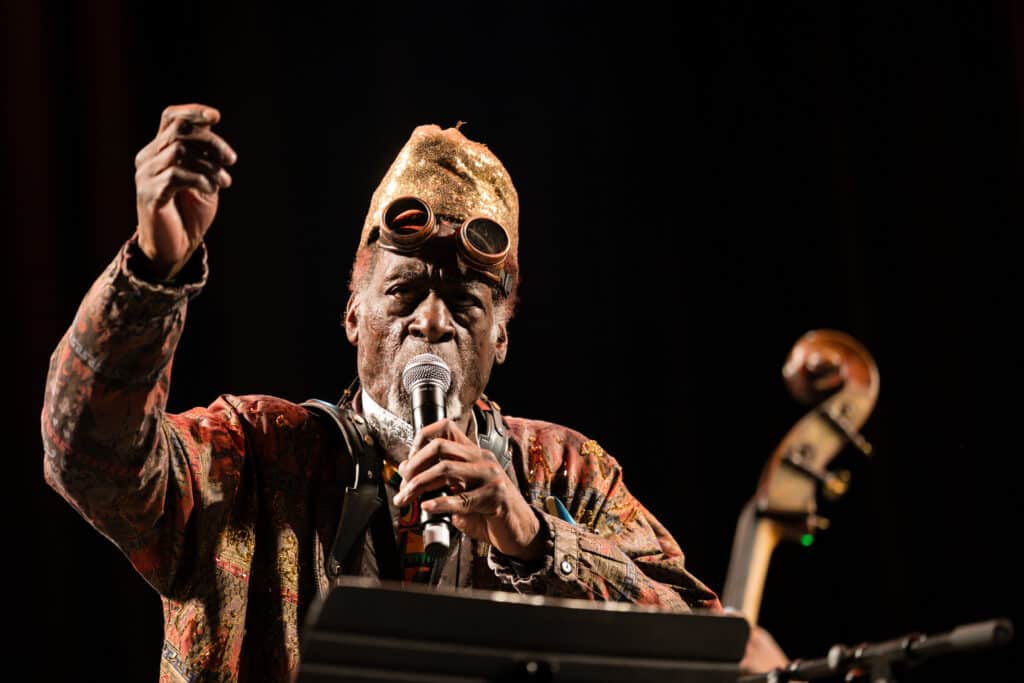
I was thrilled to see the Arkestra, well aware of Sun Ra’s significant impact on Detroit techno. The visionary artist and bandleader played a pivotal role in shaping Afrofuturism, influencing jazzy extended chords found in tracks by Blake Baxter and Carl Craig, as well as the sci-fi aesthetics of their album covers.
Once I passed through the Auditorium’s mirror-faceted lobby and entered the theater, I understood how the Sun Ra Arkestra could create such a profound impact. Under the direction of Marshall Allen, the instrumentalists’ grand motifs conjured mental images of what the future must have looked like in the ‘60s.
When I opened my eyes, the shimmering sequins adorning the bandmates’ Egypt-inspired outfits perfectly complemented the performance, which felt like a transmission from a distant utopian era.
There was a wealth of sounds to explore at Big Ears. I found myself repeatedly drawn to jazz—particularly the more experimental side—reflecting the tastes of many in underground dance music circles. Artists like Barry Altschul, Kahil El’Zabar, and Wadada Leo Smith are among those whose thought-provoking work I plan to explore further.
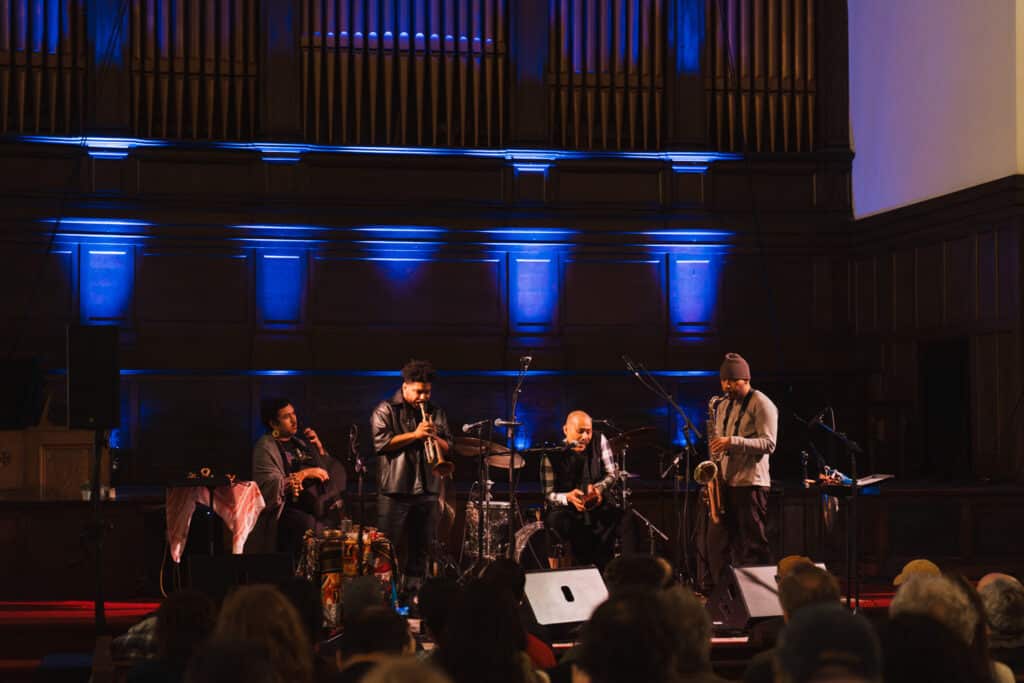
Blues, country, bluegrass, and jam bands were plentiful at the festival. From the banjo virtuosity of Béla Fleck to the avant-garde style of Les Claypool and the sheer entertainment of Swamp Dogg, I found it impossible to remain in my bubble. I was particularly fortunate to discover Edsel Axle, whose band delivered an ethereal instrumental folk performance at Boyd’s Jig and Reel just before the festival concluded on Sunday.
For dance music aficionados with discerning tastes, Big Ears offers much to explore. It’s a testament to Knoxville’s ability to host such an innovative event. In that regard, it will always resonate with me as a significant cultural hub.

